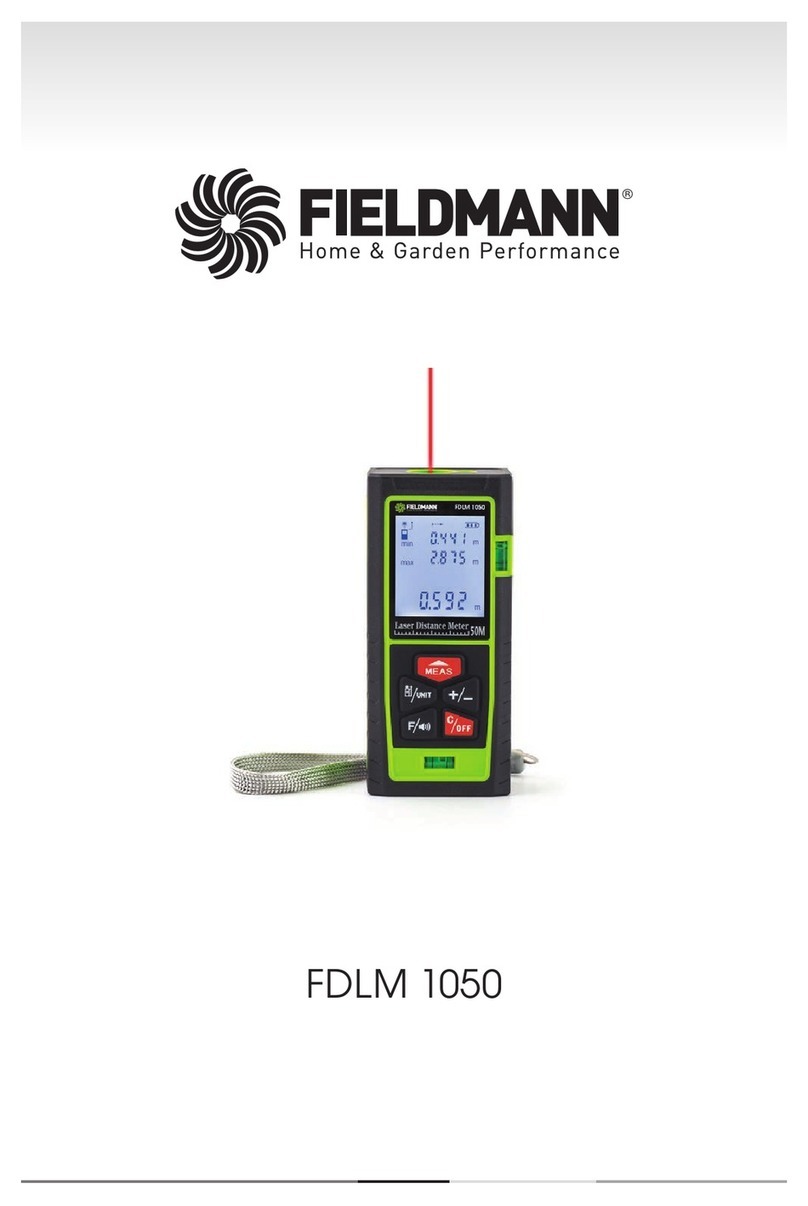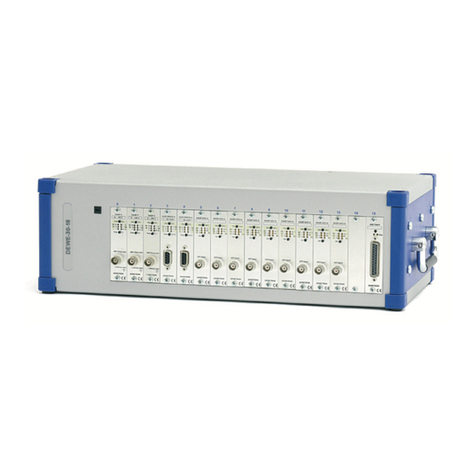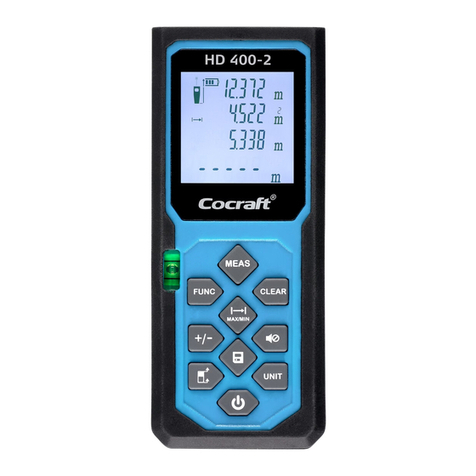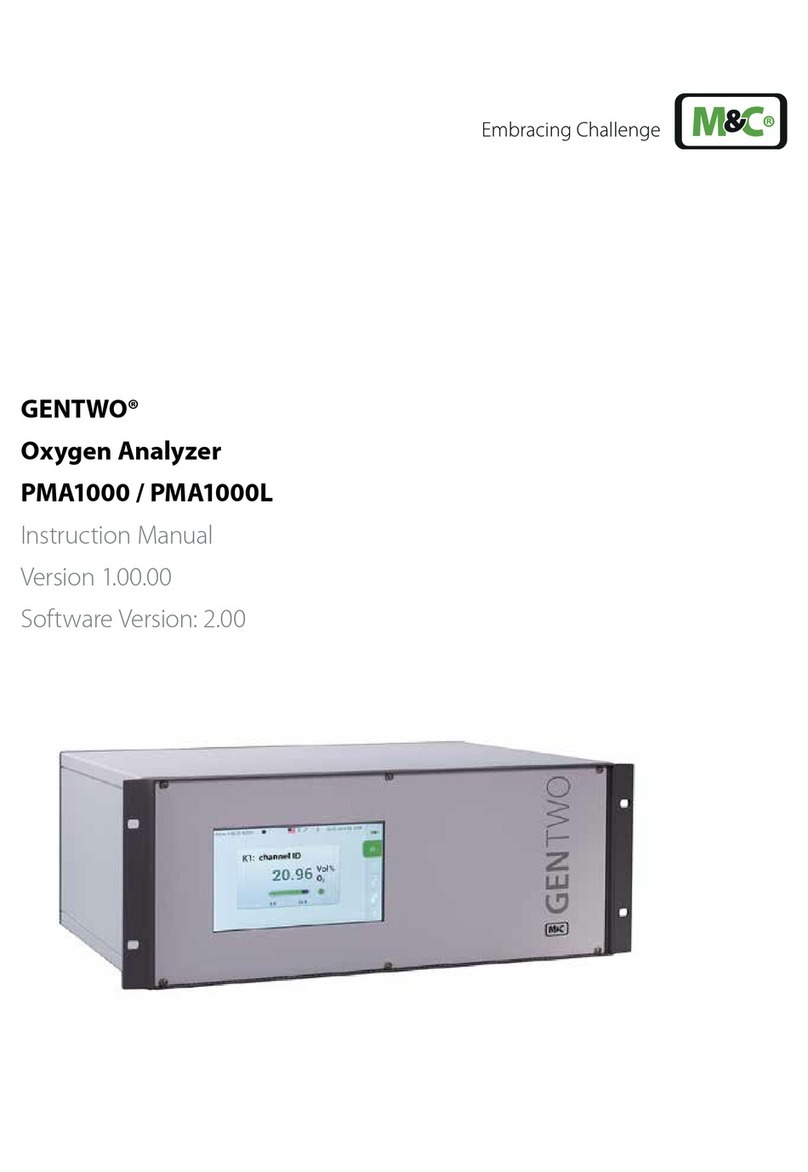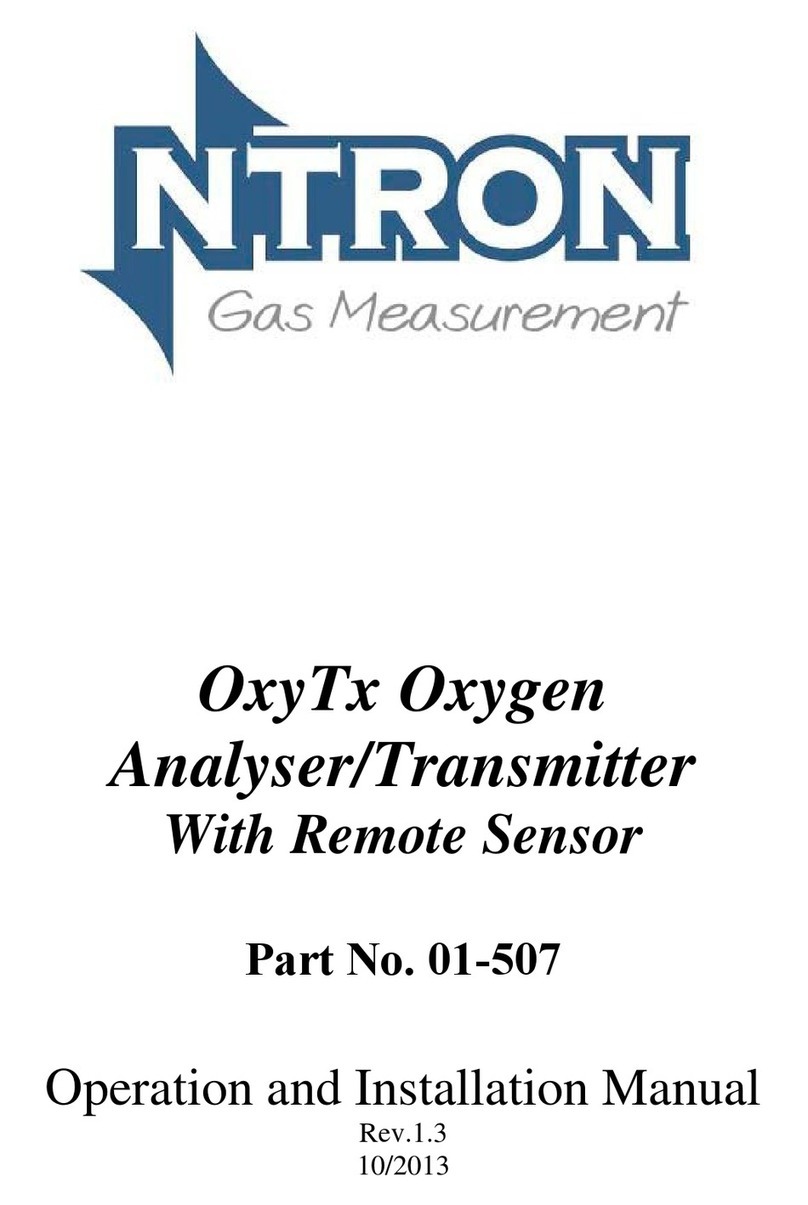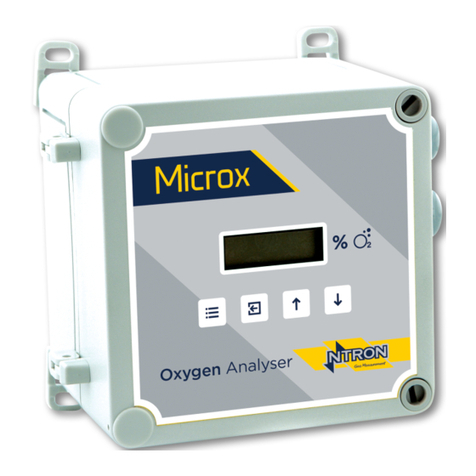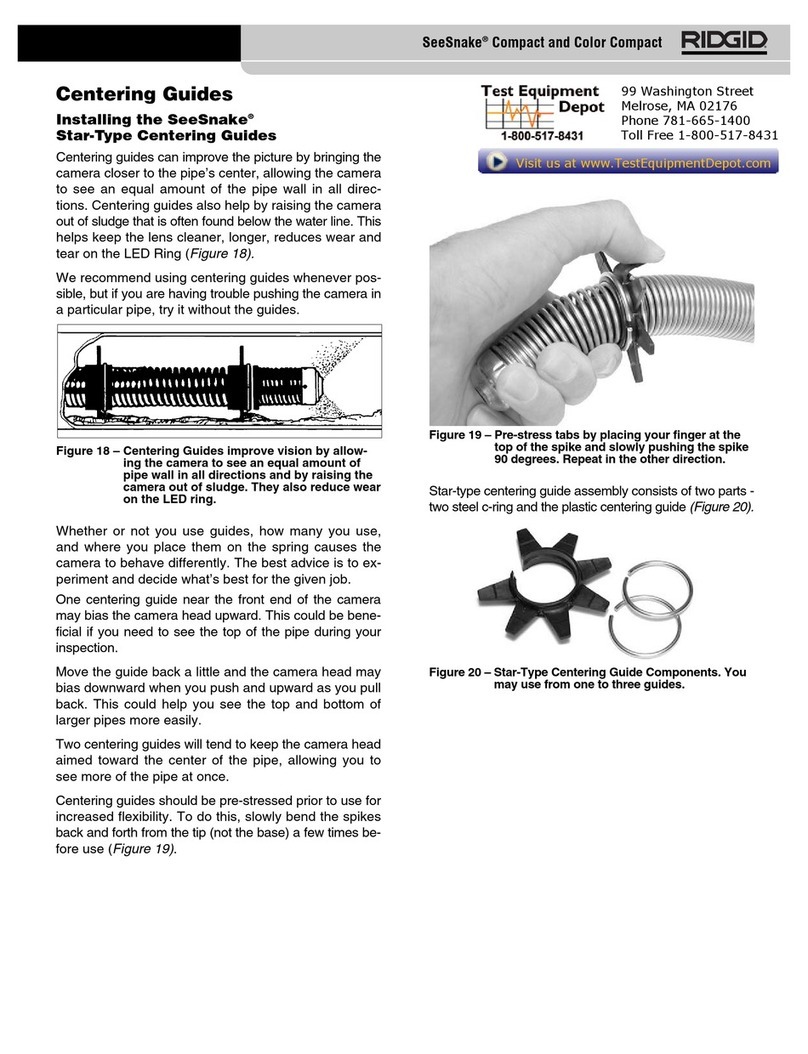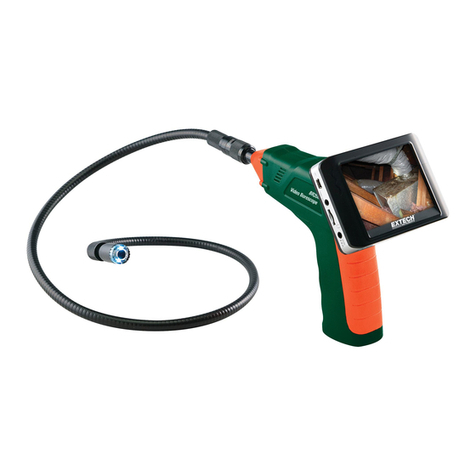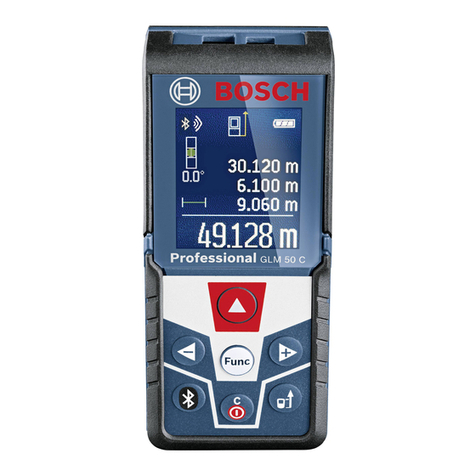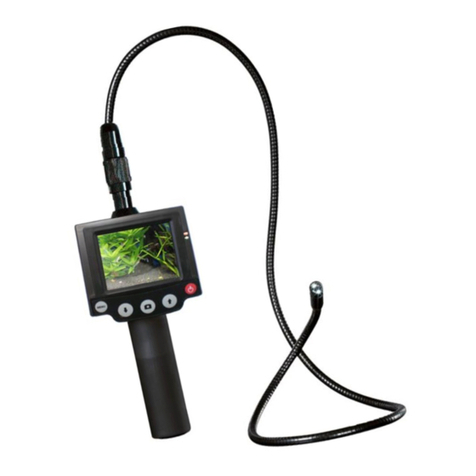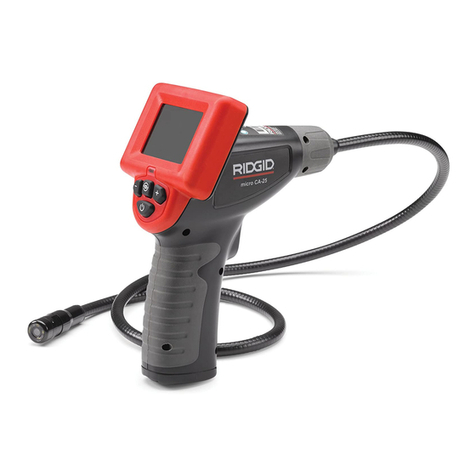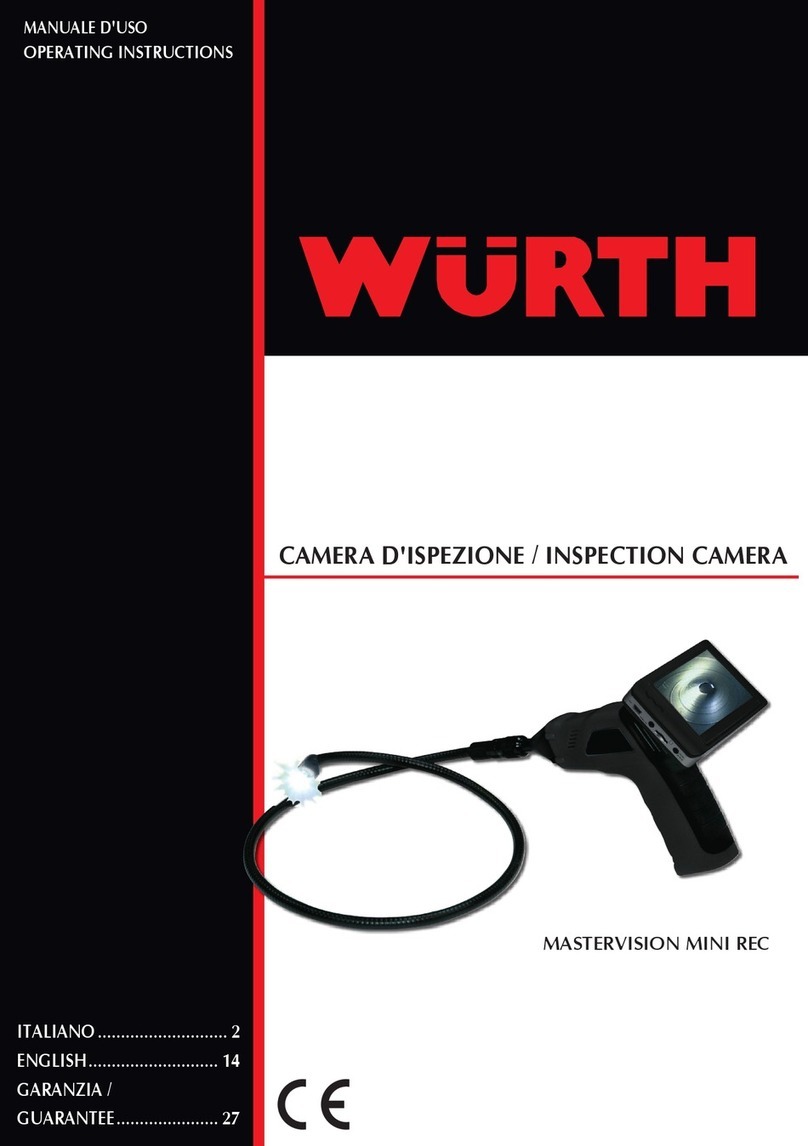1Introduction ....................................................................................................................... 1
1.1 Microx Online Analyser........................................................................................... 1
1.2 Operation.................................................................................................................... 2
1.2.1 %Vol Sensor........................................................................................................ 3
2Specification...................................................................................................................... 4
3Physical data..................................................................................................................... 5
3.1 Mounting and Dimensions ..................................................................................... 5
3.1.1 Field Connections............................................................................................... 6
3.1.4 Mounting Locations and Installation................................................................. 9
3.4 RS232 connections............................................................................................... 11
3.5 Analogue Output................................................................................................. 11
4Software Features.......................................................................................................... 12
4.1 Password.................................................................................................................. 12
4.1.1 Menu 1 –Calibrate sensor............................................................................... 14
4.1.2 Menu 2 –Analogue output FSD...................................................................... 15
4.1.3 Menu 3 –Set 4 mA output............................................................................... 15
4.1.4 Menu 4 –Set 20 mA output............................................................................. 16
4.1.5 Menu 5 –Analogue Output Simulation.......................................................... 16
4.1.6 Menu 6 –Sensor selection.............................................................................. 17
4.1.7.................................................................................................................................... 17
4.1.8.................................................................................................................................... 17
4.1.9.................................................................................................................................... 17
4.1.7 Menu 7................................................................................................................ 17
4.1.8 Menu 8 - Diagnostics........................................................................................ 17
4.1.9 Menu 9 - Restore.............................................................................................. 18
4.1.10 Menu 10 –Zero offset...................................................................................... 18
4.1.11 Menu 11 –PPM sensor Gain.......................................................................... 19
4.1.12 Menu 12 –% vol sensor gain.......................................................................... 19
4.1.13 Menu 13 –Sensor damping............................................................................ 20
4.1.14 Menu 14 –New sensor data............................................................................ 20
4.1.15 Menu 15 –Electronics zero............................................................................. 21
4.1.16 Menu 16 –Noise Rejection ............................................................................. 22
4.1.17 Menu 17 –Relay............................................................................................... 23
4.1.18 Menu 18 –Alarm levels.................................................................................... 24
4.1.19 Menu 19 –Alarm hysteresis............................................................................ 24
5Routine Maintenance & Servicing.............................................................................. 25
5.1 Routine Inspection and Maintenance................................................................ 25
5.2 Sensor Replacement.............................................................................................. 25
5.3 Password.................................................................................................................. 26
